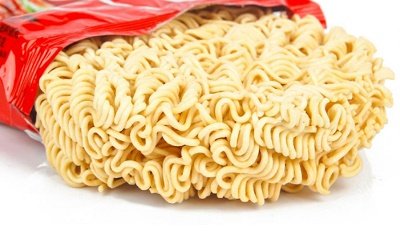Inside BENEO’s new pulse plant: pioneering sustainable protein from faba beans
India is no stranger to controversies related to the use of food ingredients in popular eatables. The last major controversy was almost 28 years ago. Times of India’s (TOI) science reporter had exposed the presence of cancer-causing chemical, brominated vegetable oil (BVO) in the popular soft drinks brand, Limca, then owned by Parle Group (the product has since been sold to the Coca Cola group). The TOI report was based on a study conducted by consumer group, the Consumer Unity and Trust Society (CUTS).
The report highlighted the food industry’s attempts to retain the use of BVO in Limca by influencing the regulatory processes. BVO gave the cloudy effect to Limca which made it popular and also prevented formation of dark rings on the liquid surface that spoilt the look. It was banned in the US but used freely in India. Following the media exposure and public furore, BVO was finally banned in the country. Even today, Limca and other soft drinks carry the label, ‘Contains No BVO.’
Now about the presence of increased levels of lead and monosodium glutamate (MSG) in the Maggi noodles packets picked up for test by food regulators in the state of Uttar Pradesh. These samples were manufactured in March 2014. Tests by Food Safety and Drug Administration (FSDA) of UP showed high levels of lead that is 17.2 parts per million (ppm) against the permitted 0.01 pppm and 2.5 ppm. Also, according to the reports, MSG levels were phenomenally high. Interestingly, India has not prescribed any upper limit for the presence of MSG in food items so far.
MSG, discovered by a Japanese biochemist Dr Kikunae Ikeda at the Imperial Tokyo University in 1908, has an interesting history. It is a flavour enhancer and occurs naturally. Dr Ikeda isolated it from a seaweed, kelp after accidentally discovering its flavour-enhancing presence in a bowl of soup prepared by his wife using this particular seaweed. Food company Ajino Moto started making it on industrial scale and has popularised it around the world so much that the product is generally referred to as Ajino Moto in many countries.
Hundreds of studies have been done on MSG in the past 100 years and despite reports of many side effects, MSG is classified as GRAS (generally considered as safe). Many countries, however, have put restriction on MSG consumption in food items consumed by children less than 12 years. India has prescribed an upper limit of MSG use of 1% of volume. Also, MSG is a self-limiting salt like common salt and excess use will spoil the entire food.
MSG or its affiliate glutamic acid occurs abundantly in tomato, potato, mushroom, Parmesan cheese and many other vegetables and fruits. So when Nestle, the maker of Maggi noodles, states that it does not add MSG to this product and the batch contamination could have happened due to other ingredients, there could be an element of truth.
There are many interesting angles to the Maggi controversy. What prompted the UP regulator to test only this product remains unexplained. There are at least half-a-dozen instant noodles brands available nationally and we don’t know whether comparative testing was done on all these products.
As the custodian of our food standards, it is now the bounden duty of the Food Safety and Standards Authority of India (FSSAI) to do nationwide tests on all brands of instant noodles and many other branded and non-branded packaged foods and present the data to the public at the earliest and calm the national tempers.

